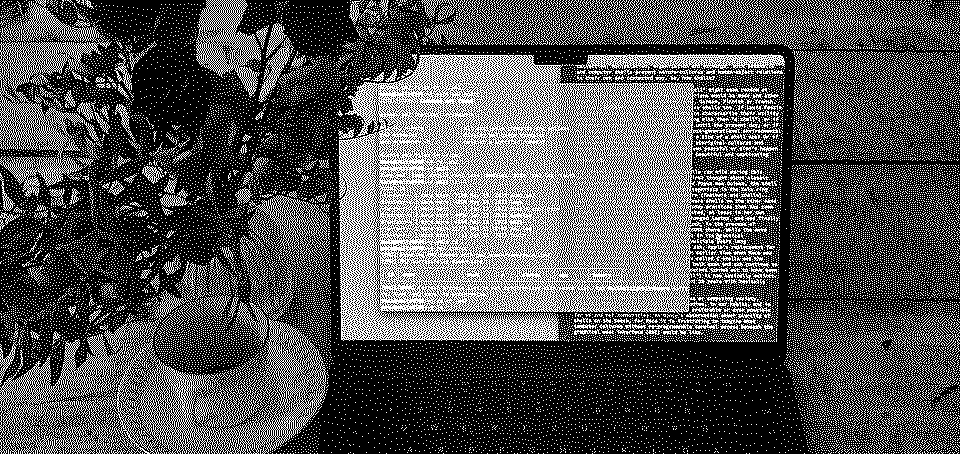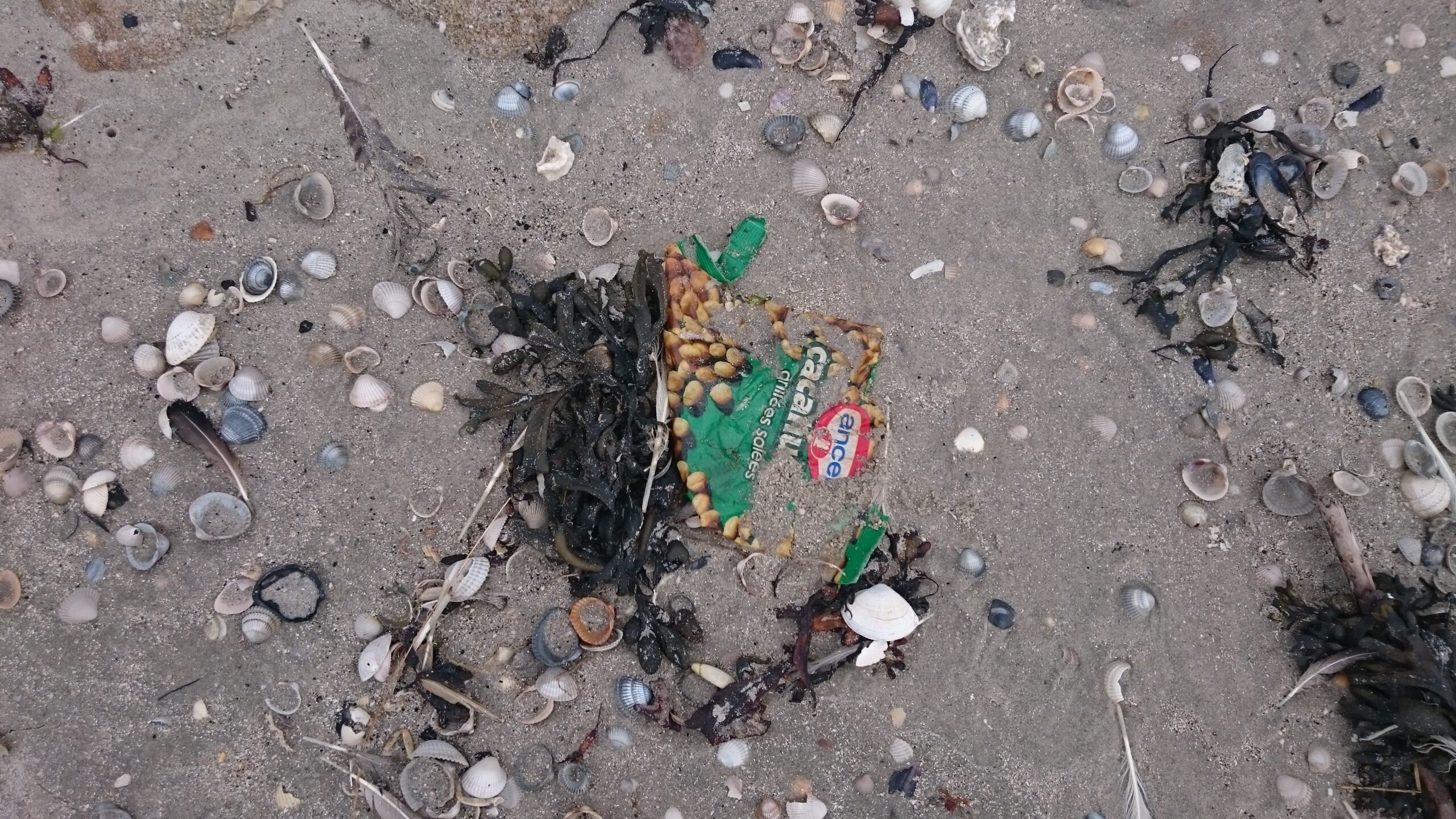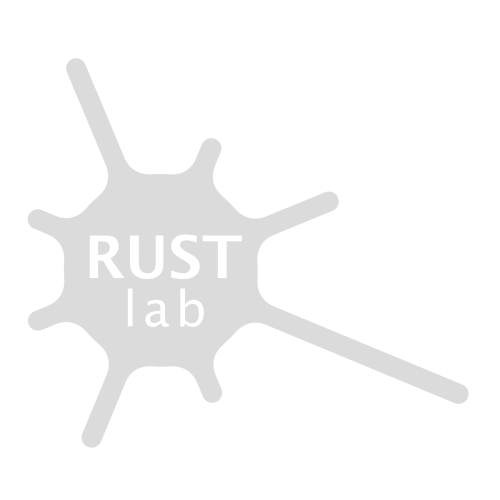Comment by Mace Ojala & Katrin Amelang
Nancy Mauro-Flude promised a fitting start to our exploration of this semester’s “Best Futures” theme of the RUSTlab Lectures – as she deals, among other things, with feminist reimaginings of internet futures and infrastructures (Mauro-Flude & Akama 2021. In her lecture on 12th of October she invited us to think with her about, or rather with, shells – seashells and software shells alike.
“I moved home, and noticed there seems to be less shells on the beach than when I was walking on beaches with my grandma in my childhood” Nancy answered (paraphrased), when asked how she started to think about seashells and computer shells together. Seashells are, well, seashells, whereas in the context of computing “a shell” is user keyboard-based command line interface which works by typing commands rather manipulating windows, buttons, icons and menus with the mouse in a graphical user interface. If the Terminal on macOS or Windows seems familiar, or perhaps if you remember C:\>, that’s the thing precisely. Both kinds of shells are immersed not only in their “natural” environments of water and silicon, but of course also in rich and interesting cultures and knowledge practices involving their collection, manipulation, organization and exchange. Both seashells and computer shells present nature-cultures and human-object relations in their own and connected way. So, how shells?

Doing server administration via the the shell, while procrastinating writing this article (Photo: Mace Ojala)
Positing a connection around the English word “shell” might seem random at first, and even haphazard; other associations would be made and other stories told in languages of Palawa kani, German, Finnish or French. Turtles, architecture rnd artilleries have shells too. If Louis Pouzin and Glenda Schroeder chose in mid 1960s to characterize their utility program on the Multics system as something else than “a shell”; or if subsequent computer cultures didn’t carry their word until the present day. Or if we included Royal Dutch Shell PLC and cross-generational environmental activism around petro/necrocapitalism as a kind of a shell too? What would dhe connection be if seashells were not so beautiful and captivating, found objects 🐚.
Our thoughts and associations around shells ran wild during this session. Katrin, as an anthropologist, first thought about classic anthropological work – in the Pacific and Papua New Guinea, the shell necklaces and armbands being central protagonists in the Kula ring gift exchange (Malinowksi), also Strathern (feathers and shells)… value, meaning, social relations… Software shells on the other hand are for her rather a reminder of an everyday practices that has come of age since times of MS-DOS – even vanished, at least most of the time when she uses the computer. Mace on the other hand, recently changed laptop, and was finally persuaded to swap the bash shell for zsh in the process of gradually settling in and making a new $HOME there. While the move turned out to be relatively insignificant in its practical implications, it was preceded by Mace’s multiple years long hesitation, rejection and anxiety toward zsh, Apple’s replacement for the GNU bash shell in macOS. There was an earlier time when Mace was hesitating between two main lineages, one called C shells and the other Bourne shells, the latter of which both bash and zsh continue to this day. Choosing to grow up with the Bournes turned out to have been a fortunate choice: the C shell (“seashell”) is now basically extinct. Replacing a computer program one has spent half a lifetime with basically daily is no trivial undertaking.

Recalling impressions of North sea beaches with seashells (and plastics), while sorting notes for this commentary (Photo: Sven Bergmann
Our relations with shells, both of the sea or computing variety, gradually come to sit very deep in our bodies, in our habits, and in imaginations of what we think is normal, preferable or even possible for us and our communities. As Nancy’s observation about scarcity of shells on the beach, for Mace it is frustrating to imagine what computer cultures without re-programmable terminal access beneath the given graphical user interface would be like.
Altogether Nancy’s talk spoke well to the themes we are working in the RUSTlab on extractivism, digital infrastructures, the planetary… and of course a certain concern for the computer. Both of us were struggling on with the emphasized post-colonial aspects of Nancy’s presentation this time, and look forward to following how they develop on this new direction of her work. Regardless, we find that Nancy’s invitation and poetic gesture for juxtaposing seashells and software shells is enticing and full of potential precicely because of its associative force. As she explains, both involve piecing together tools, ornaments, gifts and spells from fragments of monuments from beneath the waterwaves and cyberwaves. What is key, is recognizing these stringing and weaving activities to be communal and collective knowledge practices; indigenous lutruwita communities, open source communities, and for that matter technofeminists collectives which Nancy has been involved since the 1990s each have something to teach about planetary material culture, care, companionship and ensuring continuation during and through the devastating micro-electronic globalism.
Check out Nancy’s amazing website at https://sister0.org/ where you will find information on many cyberfeminist projects, art and actions she has been involved.
🐚
